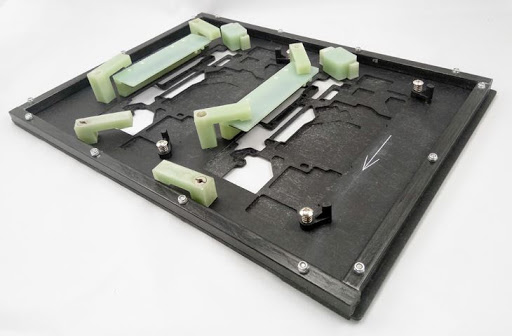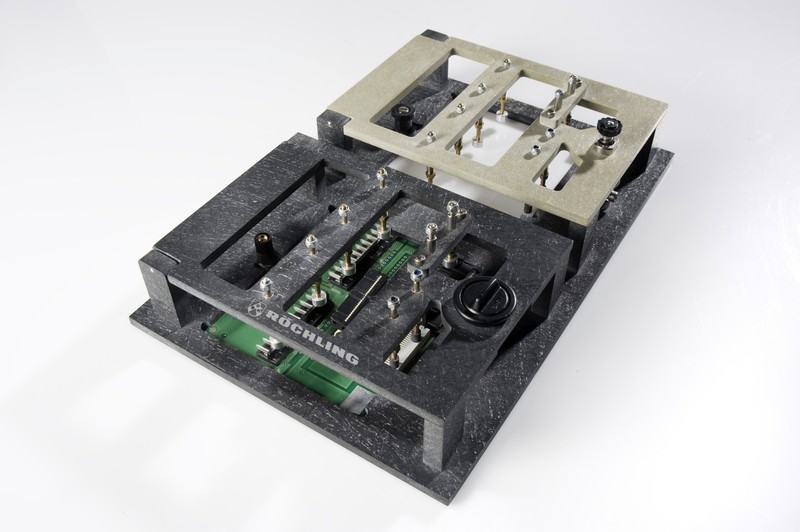Low energy carbonization, power generation, light weight of the vehicle body, intelligentization of the entire vehicle, transportation network and sharing are the major trends in the development of automobile ecology. Among them, the development of intelligent vehicles and networked vehicles has greatly surpassed the momentum of electric power. In the 2018 CES, the smart car's strong limelight is evident. Auto companies are well aware that if they do not make up for their shortcomings in intelligence and network integration, they will most likely fall behind in the competition until they are eliminated. It is never the personality of the automobile industry to be behind closed doors, but it is always the main theme of development. Entering the automobile industry in 2018 is a trend that will continue to cross-border cooperation and integration innovation. The latest example is that Honda will work with China’s Alibaba Group to develop “connected cars.†According to Japanese media reports, the project will use Alibaba's infrastructure to allow the car itself to function as a smart phone. Honda will join the high-tech map information company Alibaba Group to develop connected car services. In fact, in addition to Ali, many multinational car companies have already started cooperation with China's Internet companies in the field of smart networking, such as cooperation between Hyundai Motor Co., Ltd. and China Baidu in the field of maps and voice recognition services. Before the end of 2017, Hyundai Motor introduced the navigation software "Baidu MapAuto" and the dialogue voice recognition service software "Duer OS Auto" jointly developed with Baidu in the automotive vehicle terminals sold to China. Both parties also hope to strengthen cooperation in such areas as automatic driving technology. What is the significance of smart networking for cars? In accordance with the definition of the Intelligent Automotive Industry Association of China Association of Automobile Manufacturers, Intelligent Network Alliance Automotive is equipped with advanced on-vehicle sensors, controllers, actuators, etc., and integrates modern communication and network technology to realize the vehicle and X (human, vehicle, road) , backstage, etc.) Intelligent information exchange and sharing, with complex environment awareness, intelligent decision-making, collaborative control and execution and other functions, can realize safety, comfort, energy-saving, efficient driving, and ultimately can replace people to operate a new generation of cars. To understand simply, Intelligent Network Alliance will enable the car to have a smart brain that can achieve the driver's driving functions. How to install such a smart brain into the car? This is similar to the role played by companies such as Aurora, Waymo, and Baidu. For example, Baidu's "Apollo" program will provide an open, complete, and secure software platform to partners in the automotive industry and autonomous driving areas to help them integrate their vehicles and hardware systems to quickly build a complete set of autonomous driving. system. Obviously, the original relatively closed supplier system of auto companies will be broken, and Internet technology companies providing autonomous driving systems will participate in them and become an important supplier. In this regard, Chinese auto companies are very much in the forefront of testing first, and cross-border cooperation with various companies in other industries has come one after another. Even car companies have strategic cooperation with forward-looking technologies. As a result, we have seen that China’s related companies, including vehicle companies, Internet companies, communications companies, and startup companies, have increased their R&D investment in smart networked vehicles. For smart networked vehicles, China is definitely one of the countries that attaches most importance to development. If we say that a new industry is welcoming the take-off, the industrial policy behind it is absolutely an important impetus. Recently, the National Development and Reform Commission announced the “Intelligent Automobile Innovation and Development Strategy†(Draft for Soliciting Opinions) (hereinafter referred to as the “Draft for Soliciting Opinionsâ€) and proposed that by 2020, the technological innovation, industrial ecology, road network facilities, and regulatory standards of China’s standard intelligent vehicles The product supervision and information security system framework has basically taken shape; medium-to-high-level smart vehicles have been marketized and applications have been implemented; demonstration operations in key regions have achieved fruitful results; smart road traffic system construction has made positive progress; vehicle wireless communication networks for large cities and highways (LTE-V2X) ) Coverage reached 90%, and Beidou's high-precision space-time service achieved full coverage. By 2025, the technological innovation, industrial ecology, road network facilities, regulatory standards, product supervision, and information security system for China's standard smart cars will be fully formed; the new car will be basically intelligent, and high-grade smart cars will achieve large-scale applications; -Road-cloud achieves a high degree of synergy. A new generation of automotive wireless communication network (5G-V2X) basically meets the needs of the development of smart cars. By 2035, China’s standard smart cars are world-renowned, and they will be the first to build a smart car powerhouse and share the “safe, efficient, green, and civilized†smart car society. It can be said that the "Draft for Soliciting Comments" has strategically planned the development of China's smart cars in the next 20 years. In addition, on-line testing is a key link for the development of intelligent networked vehicles, especially autonomous vehicles. In this regard, the Chinese government is not conservative. Not long ago, Beijing Municipal Traffic Commission, Beijing Public Security Bureau Traffic Control Bureau and Beijing Economic and Information Commission jointly issued a new rule for autonomous driving road tests. It will comprehensively consider factors such as road conditions and traffic flow, and select the first batch that can be used for actual testing. the way. At the national level, relevant management departments are also actively coordinating the development of laws and regulations related to autonomous driving. On December 29, 2017, the Ministry of Industry and Information Technology and the National Standards Committee jointly issued a series of documents of the “Guidelines for the Construction of the National Internet of Vehicles Industry Standard Systemâ€, which are divided into general requirements based on the main body of standardized subjects and industry attributes, intelligent networked vehicles, information and communications, and electronic products. Services, etc., provide support for creating an autonomous, controllable, core technology, and open collaborative car networking industry. As Fu Yuwu, Honorary Chairman of the Chinese Society of Automotive Engineers put it, with respect to intelligent networked vehicles, China is fully capable of forming its own characteristics and can enter a new stage where standards are used to lead the development of the industry. Intelligent network of China's auto industry will wind up in 2018.
Durostone® wave solder pallet materials have excellent mechanical properties at elevated temperatures. These products have become the industry standard for the production of wave solder pallets used in the printed circuit board industry.
Durostone is easier to handle in the production process than other products used for PCB tooling due to two factors:
The density, which helps to reduce the weight of the finished tooling.
The glass and resin content, which ensures that the line operators and the machinists are not subjected to skin irritation alleviating any health & safety concerns.
Durostone® materials have been developed for all procedures within the PCB assembly process. There are three main grades which are suitable for use in the SMT reflow and wave soldering processes
Durostone® is Produced in Three Standard Grades:
CHP 760 (Blue) (Standard)
CAS 761 (Black) (Anti-Static)
CAG 762 (Grey) (Anti-Static, Optical)
These materials offer the following features:
Excellent mechanical properties at elevated temperatures including the lead-free process.Low thermal conductivity.Excellent machining properties enabling the manufacture of complex design solder pallets.Good resistance to chemicals used in modern fluxes.
FEATURES AND BENEFITS of Durostone® Wave Solder Pallet Material
All materials are dimensionally stable and retain their flatness through repeated cycling in the PCB assembly process.
The low thermal conductivity of Durostone® ensures optimal thermal distribution across the PCB.
The resin system used in Durostone provides resistance to the chemicals used in fluxes and also prevents solder pick-up.
Can be machined to tight tolerances.
Wave Solder Pallet Materials,Composite Pcb Solder Pallet,Welding Pcb Reflow Solder Pallet,Antistatic Composite Material Hony Engineering Plastics Co.,Ltd. , https://www.honyplastic.com
![]()

